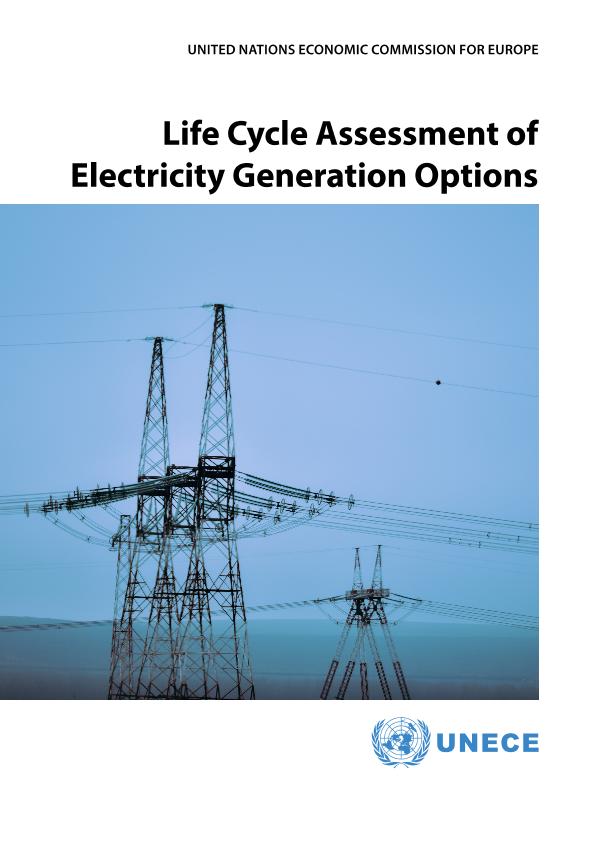Life cycle assessment of electricity generation options

Contenido multimedia no disponible por derechos de autor o por acceso restringido. Contacte con la institución para más información.
| Tag | 1 | 2 | Valor |
|---|---|---|---|
| LDR | 00000cam a22000004b 4500 | ||
| 001 | MAP20220000895 | ||
| 003 | MAP | ||
| 005 | 20220121111914.0 | ||
| 008 | 220117s2021 usa|||| ||| ||eng d | ||
| 040 | $aMAP$bspa$dMAP | ||
| 084 | $a83 | ||
| 245 | 1 | 0 | $aLife cycle assessment of electricity generation options |
| 260 | $aNew York$bUnited Nations Economic Commission for Europe$c2021 | ||
| 300 | $a107 p. | ||
| 520 | $aWell-informed energy policy design is key to reaching decarbonisation targets, and to keeping global warming under a 2°C threshold. In particular, low-carbon electricity provision for all is an essential characteristic of a 2°C-compatible energy system, as the IPCC shows that the most ambitious climate mitigation scenarios entail the electrification of most of our economy [1]. Therefore, understanding the full scale of potential impacts from current and future electricity generation is required, in order to avoid "impact leakage", i.e. increasing non-climate environmental pressure while reducing greenhouse gas emissions. Life cycle assessment allows the evaluation of a product over its life cycle, and across a wide range of environmental indicators - this method was chosen to report on the environmental profiles of various technologies. | ||
| 650 | 4 | $0MAPA20080569556$aMedio ambiente | |
| 650 | 4 | $0MAPA20080592585$aPolítica energética | |
| 650 | 4 | $0MAPA20080562199$aElectricidad | |
| 650 | 4 | $0MAPA20080543402$aCarbono | |
| 650 | 4 | $0MAPA20080598235$aPolíticas nacionales | |
| 710 | 2 | $0MAPA20220000284$aUnited Nations Economic Commission for Europe |

